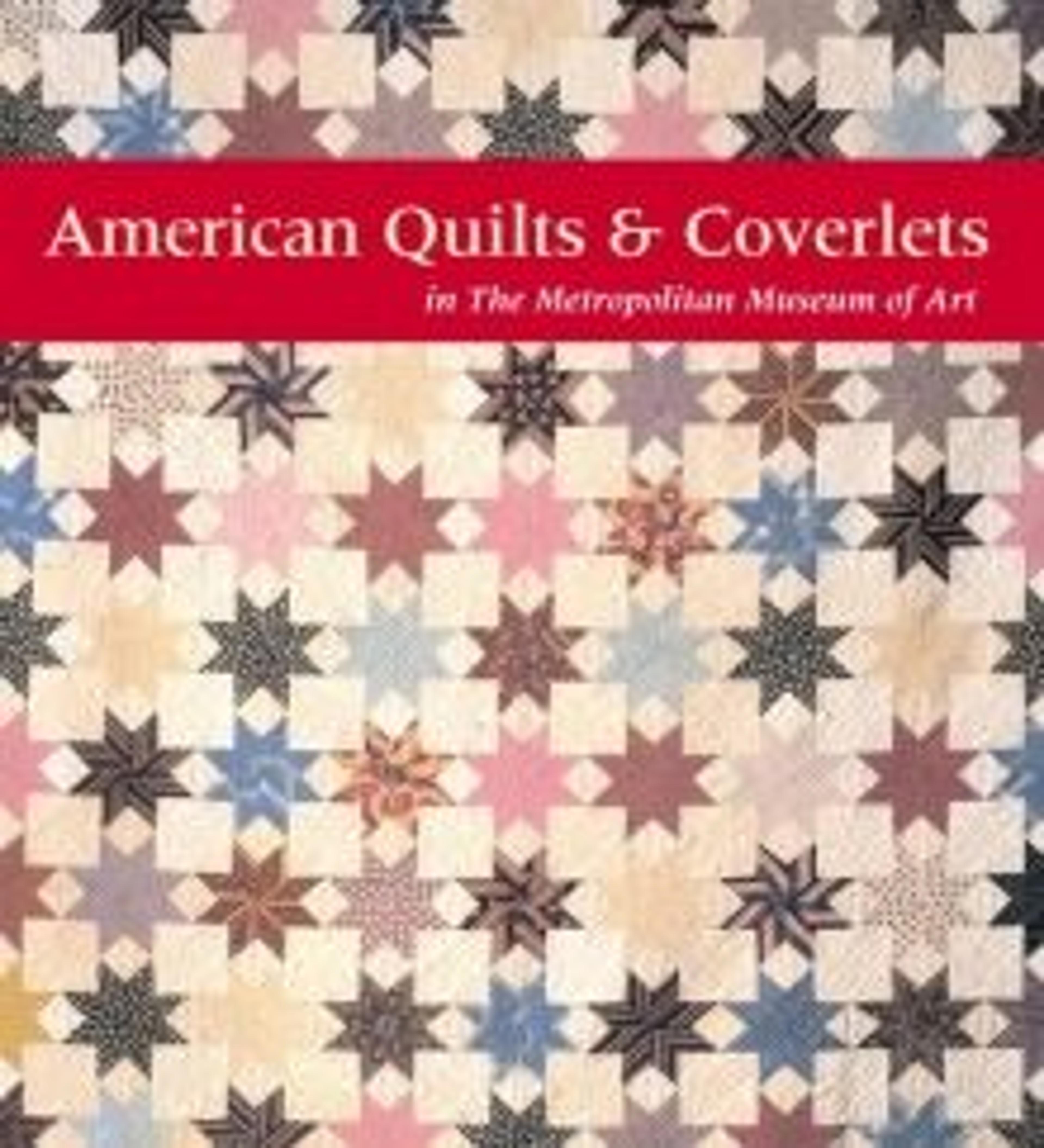Coverlet, Agriculture & Manufactures pattern
This double cloth coverlet is woven in one wide panel of undyed cotton and dark blue wool. The central field has large floral medallions, and the borders are decorated with images of eagles with outspread wings alternating with Masonic symbols.
Artwork Details
- Title: Coverlet, Agriculture & Manufactures pattern
- Date: 1837
- Geography: Probably made in Ulster County, New York; Made in New York, United States
- Culture: American
- Medium: Wool and cotton, woven
- Dimensions: 103 3/4 x 79 3/4 in. (263.5 x 202.6 cm)
- Credit Line: Gift of Mrs. Laura Tillson Vail, 1925
- Object Number: 25.127
- Curatorial Department: The American Wing
More Artwork
Research Resources
The Met provides unparalleled resources for research and welcomes an international community of students and scholars. The Met's Open Access API is where creators and researchers can connect to the The Met collection. Open Access data and public domain images are available for unrestricted commercial and noncommercial use without permission or fee.
To request images under copyright and other restrictions, please use this Image Request form.
Feedback
We continue to research and examine historical and cultural context for objects in The Met collection. If you have comments or questions about this object record, please contact us using the form below. The Museum looks forward to receiving your comments.
